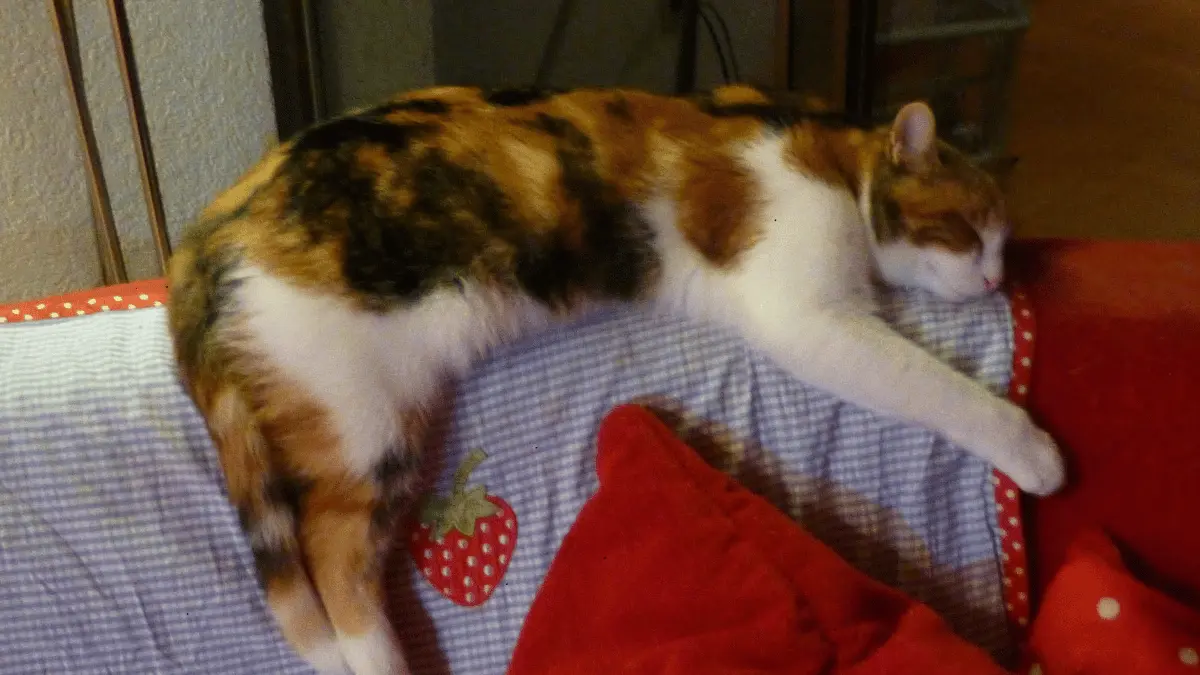Understanding Your Cat: Deciphering Their Purrs and Meows
Cats, with their enigmatic nature, often leave us wondering what’s going on in their minds. Understanding your feline friend can significantly enhance your bond and make your life together more enjoyable. Let’s delve into some common cat behaviors and learn how to interpret their signals.
Body Language: A Cat’s Silent Language
- Tail: The position of your cat’s tail can reveal a lot about their mood.
- Ears: Pay attention to your cat’s ears.
- Forward: They’re alert and interested.
- Back: They’re annoyed or defensive.
- Flattened against their head: They’re scared or aggressive.
- Eyes: Your cat’s eyes can also convey their emotions.
- Dilated pupils: They’re excited, curious, or aroused.
- Narrowed pupils: They’re feeling threatened or aggressive.
Vocalizations: Deciphering Your Cat’s Meows
- Meows: Cats use meows to communicate various things.
- Short meows: They’re seeking attention or expressing happiness.
- Long meows: They’re expressing frustration or pain.
- Chirps and trills: They’re excited or playing.
- Purrs: Purring is often associated with contentment, but it can also indicate pain or discomfort.
Understanding Your Cat’s Needs
- Grooming: Cats spend a significant amount of time grooming themselves. Providing them with a scratching post and regular brushing can help keep their coat healthy.
- Playtime: Cats are natural hunters and need mental and physical stimulation. Engage them in interactive play sessions with toys.
- Environment: Create a safe and comfortable environment for your cat. Provide them with plenty of hiding places, scratching posts, and a clean litter box.
- Food and Water: Ensure your cat has access to fresh food and water at all times. Consult with your veterinarian to determine the best diet for your cat’s age and health.
Conclusion
By understanding your cat’s body language, vocalizations, and needs, you can strengthen your bond and create a happier, more fulfilling relationship. Remember, every cat is unique, so observe your cat’s individual behaviors to gain a deeper understanding of their personality.
Keywords: cat behavior, understanding cats, cat body language, cat vocalizations, cat needs, cat care, cat training, cat behavior tips














